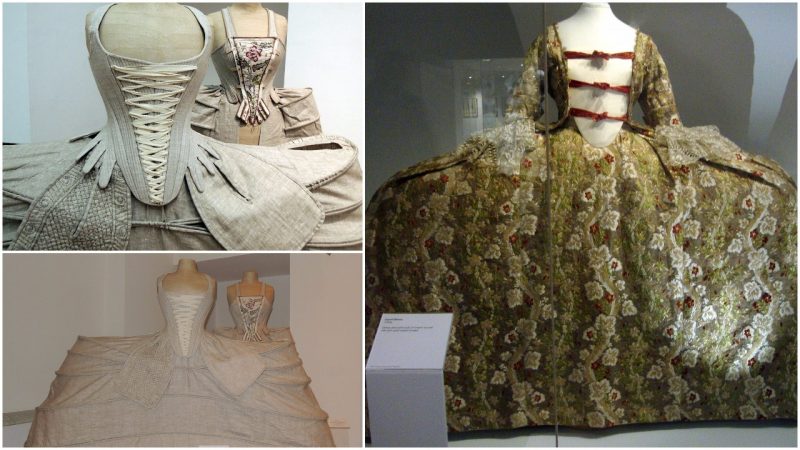When it comes to 18th-century fashion, one thing is beyond debate: it was far from comfortable. Don’t get us wrong, we love the style; it’s elaborate and sophisticated, but was it really worth it? Recently we wrote about a favorite undergarment of 19th-century fashion victims, the crinoline, a garment responsible for the deaths of more than 3,000 women due to its tendency to catch fire. So, inspired by the cruel nature of fashion undergarments of a bygone era, we turn to another fashion trend, this one from the 18th century: the pannier.
Just as beauty standards changed during the 18th century, so did feminine attire. The changes are thought to be a result of the Enlightenment, which started in France but spread rapidly all over Europe. The body standards for women changed their form, figuratively and literally. Now, beautiful women were considered those who accentuated their fuller hips and, in contrast, their significantly smaller waists. This was made possible by wearing “panniers”–an undergarment made of wide hoops that extended sideways.
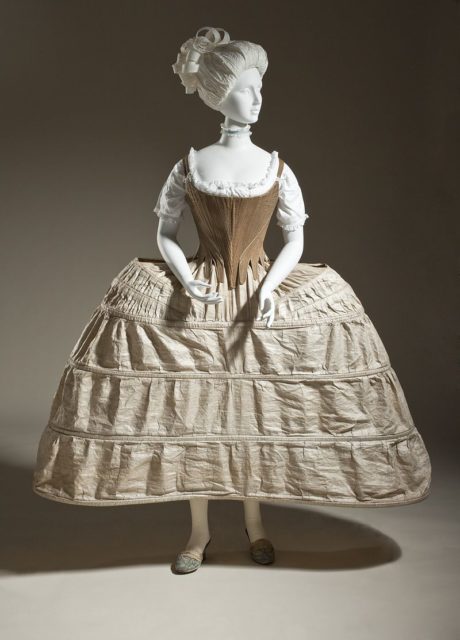
The panniers were made of metal, cane, or whalebone supports, and could expand skirts to an astonishing five feet in width. The earliest panniers would be essentially hung from the body and formed a bell-shape to dresses. Later versions were flatter and simply attached to the waist. They also expanded in width throughout the years; in the middle of the 18th century, some ladies wore panniers of a total width of seven feet. The extremely wide panniers were worn to formal events while the ladies preferred wearing small ones during everyday occasions. Hopefully, the formal events had wide hallways and doors, since the panniers expanded skirts so much that two women at a time could never walk through the same doorway or sit together. This also brought changes to furniture design of the century.
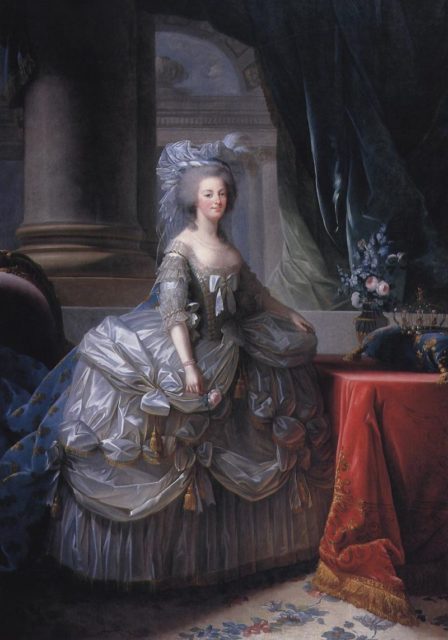
As some fashion historians have pointed out, the creation of the pannier was not a novelty, following as it did the 16th-century Spanish farthingale. That was a hooped petticoat or circular pad of fabric around the hips, worn under women’s skirts to extend and shape them.
It was a variant of the pannier but carried out the same function. The paintings of the artist Velazquez, which depict women wearing very wide dresses, confirm the Spanish origin of the pannier, although France popularized and upgraded a modern version of this undergarment.
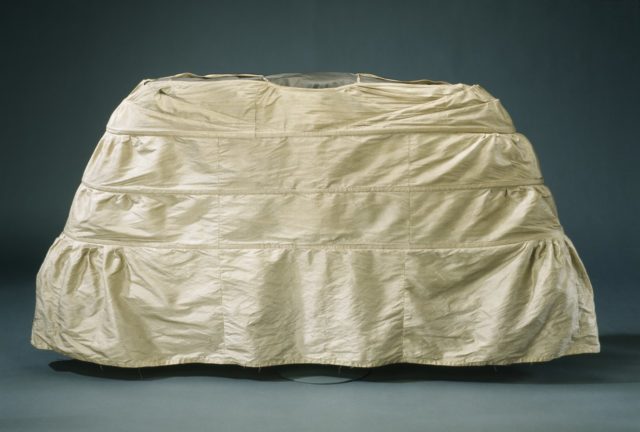
According to The History of European Fashion, the main French center for art and fashion was Versailles, but under the influence of the Enlightenment, it was moved to Paris, which was then dominated by the bourgeoisie class. The newly introduced fashions were not worn exclusively by the aristocrats. The middle class spread the word to the lower class that was also attracted by the fashion craze. It didn’t take long before servants and other female workers wore hoops (though smaller and of low-quality materials) and copied the style of the female gentry. Understandably, this provoked disdain among the aristocratic ladies.
After the French Revolution, much of the fashion industry was destroyed, but at the same time, other European countries enjoyed the rapid production and design of new clothes, makeup, and hairstyles. At the time, England was also full of “Enlightened” fashionistas who welcomed the fad of wearing extremely large dresses, since they announced a high level on the social ladder.
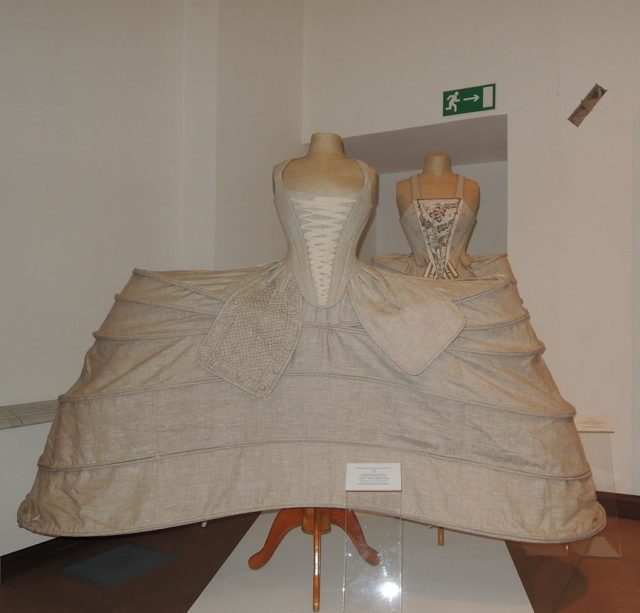
The 18th-century British women were devoted to beauty and domesticity. The width of the panniers not only accentuated the attractive feminine silhouette but also was an indicator of a woman’s economic status. So, the more voluptuous the dress was, the richer was its wearer–large dresses required a lot of material and work.
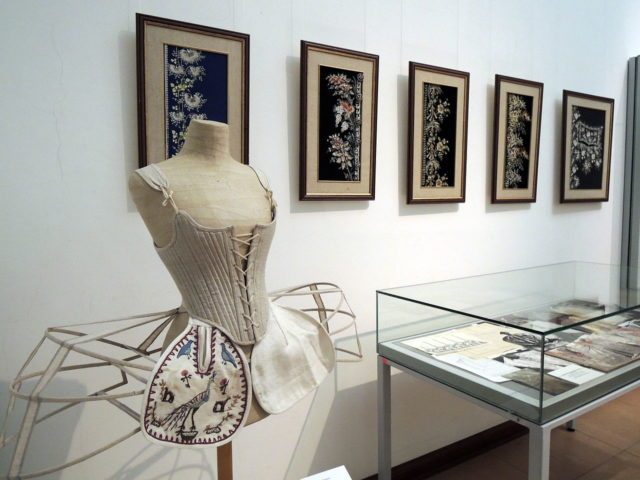
On the other hand, women were often ridiculed by men for wearing such gigantic dresses.
As is often the case in sartorial fashion, these dresses traced the path for additional attire and accessories that complemented the 18th-century look. In the middle of the century the “pagoda” sleeves were established (tight sleeves that end with lace and ribbons) and the “Watteau” gown (a loose back attached to the full skirt and a tight bodice). Women’s footwear included slim, ornamented heels, while the hair was worn high and often curled and powdered.
